Many people are unaware of the effects of bleach and chlorine on gold jewelry.
Exposure to cleaning products containing bleach (chlorine is the active ingredient in most household bleach) and even swimming in chlorinated pools and hot tubs can cause catastrophic damage to your gold jewelry over time. Chlorine can also damage a number of gemstones such as pearls, opals, and other soft gems, but in this article, we will focus on damage to gold.
What does chlorine do to gold?
Most gold jewelry, unless it's pure 24K, is a mixture or alloy of pure gold and metals such as silver, nickel, copper and others. The pure gold is not affected by chlorine but the other metals in the alloy are dissolved away over time. This leaves tiny empty pockets where the other metals used to be.
photo: Sponge to illustrate the cavities left behind after alloy metals are dissolved away leaving the pure gold.
The sponge-like lattice of pure gold that is left behind is quite weak and cracks easily. Eventually the damage can be so severe that the piece will essentially crumble. The purer the chlorine and the longer the exposure, the faster this happens. The technical term for this is stress corrosion cracking.
Photo: Cracks forming at the bases of prongs on a diamond solitaire exposed to bleach. If this had not been caught at this stage during a routine cleaning and inspection, the prongs would have broken away and the diamond would have fallen out.
Photo: Cracks forming down the intersection of two prongs on a diamond solitaire exposed to bleach.
In the video below, Patrick King gently pulls back the prongs to release the diamond which will be reset into a new ring. If the metal were undamaged, the prongs would bend but not break off. After the diamond is removed, he applies a small amount of pressure to the base of the prongs and the whole prong crumbles off at its widest point.
Video: Goldsmith, Patrick King gently pulls back the prongs to release the diamond.
Photo: After the diamond was removed to reset into a new ring, it's easy to see the extent of the damage. The gentlest pressure caused the metal to crumble and crack.
On the photos and video above, you may notice the color of the white gold prongs doesn't look very white. This is because the nickel was partially dissolved and it's the nickel in this case that makes white gold white.
What types of jewelry are the most affected?
While any type of jewelry could potentially be damaged by chlorine, there are certain shapes that suffer more than others. This is due to complex metallurgical reasons, but basically sharp corners and metal that is stressed during its production or wear are the most likely to be affected.
Prongs, particularly nickel white gold prongs, that have sharp corners will crack more readily than round prongs. Chains that are flattened such as figaro, curb and herringbone chains are more likely to be damaged in this way. Links that are rounded can be corroded too, but it takes more exposure to produce the damage.
Are all karats of gold affected the same way?
No, lower karats such as 10K and 14K are more susceptible to this kind of damage than higher karats like 18K and 22K. That's because there's more pure gold in the higher karats and less of the other metals. 10K is about 41.7% pure gold and 18K is about 75% pure gold.
photo: Pie charts showing the percentage of pure gold and other metals in different karats.
Are all colors of gold affected in the same way?
No, the different metals that are added to gold to create the different colors will corrode at different rates.
Nickel is particularly easily dissolved but palladium is resistant. Nickel is a commonly used metal to create white gold. Up to 20% of people have an
allergy to nickel and palladium is often used as an alternative.
"
10k and 14k yellow gold alloys can also suffer from stress corrosion but to a lesser degree than the nickel white golds, with 10k being more susceptible than 14k." - from Hoover & Strong's technical article which does a deep dive into the metallurgical reasons for this phenomenon.
The copper in rose gold is also susceptible to the corrosive effects of chlorine.
Uh, Oh! I think I've damaged my jewelry with chlorine exposure. How do you fix it?
First, you should take your jewelry to your trusted local jeweler. Have them look at it closely under a microscope for any signs of cracks forming.
If the exposure hasn't dissolved very much of the alloy, you may be ok if you eliminate any future chlorine exposure.
If your jeweler finds signs of extensive cracks, then sadly there is no permanent repair solution. Cracks could be soldered or laser welded, but it is likely to continue to crack if the root cause is this type of chemical exposure. The one bit of good news here is that your pure gold in the alloy is still there. That means you can have it refined and get pure gold back that can be used to make a new piece of jewelry.
Here at Jewelsmith, we offer a service called "Same Molecule Refining" that separates the pure gold and gives you back your same 24K gold. Most refining is done is huge lots where your gold would be mixed with a lot of other people's gold. You would get back the correct weight of pure gold, but it wouldn't be your specific gold.
This "Same Molecule Refining" service is great for people who want to use their gold for sentimental reasons. Find out more about this service on our Jewelry Makeovers page in the "Can I Use My Own Gold" section.
How do I prevent this from happening to my jewelry?
- Remove your jewelry and/or wear gloves when using cleaners containing chlorine bleach (wearing gloves will also protect your skin from the harmful effects of bleach)
- Remove your jewelry if you spend time in chlorinated hot tubs or pools
- Never, never clean your jewelry with bleach!
Here's how to safely clean your jewelry at home.
About the author:
Molly Hollingsworth is a professional goldsmith with a BFA and more than 30 year's experience.







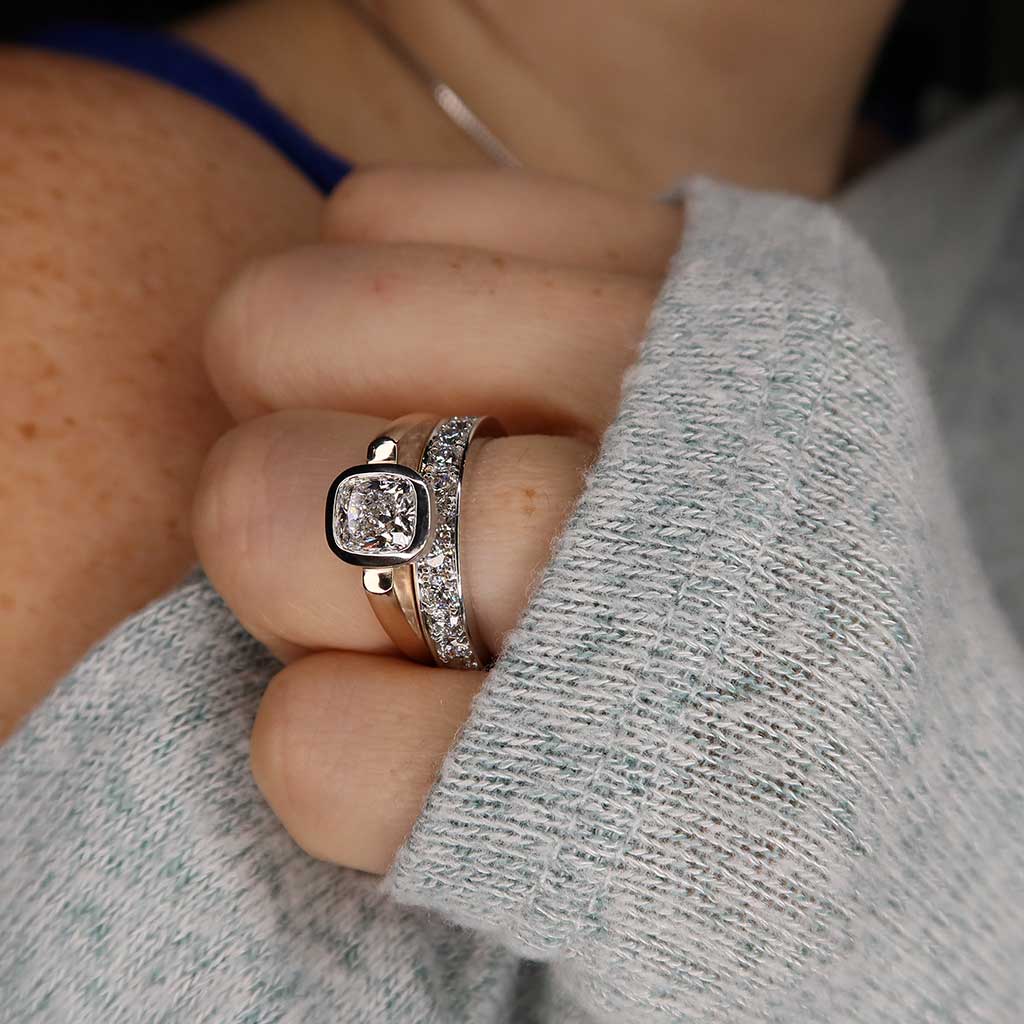
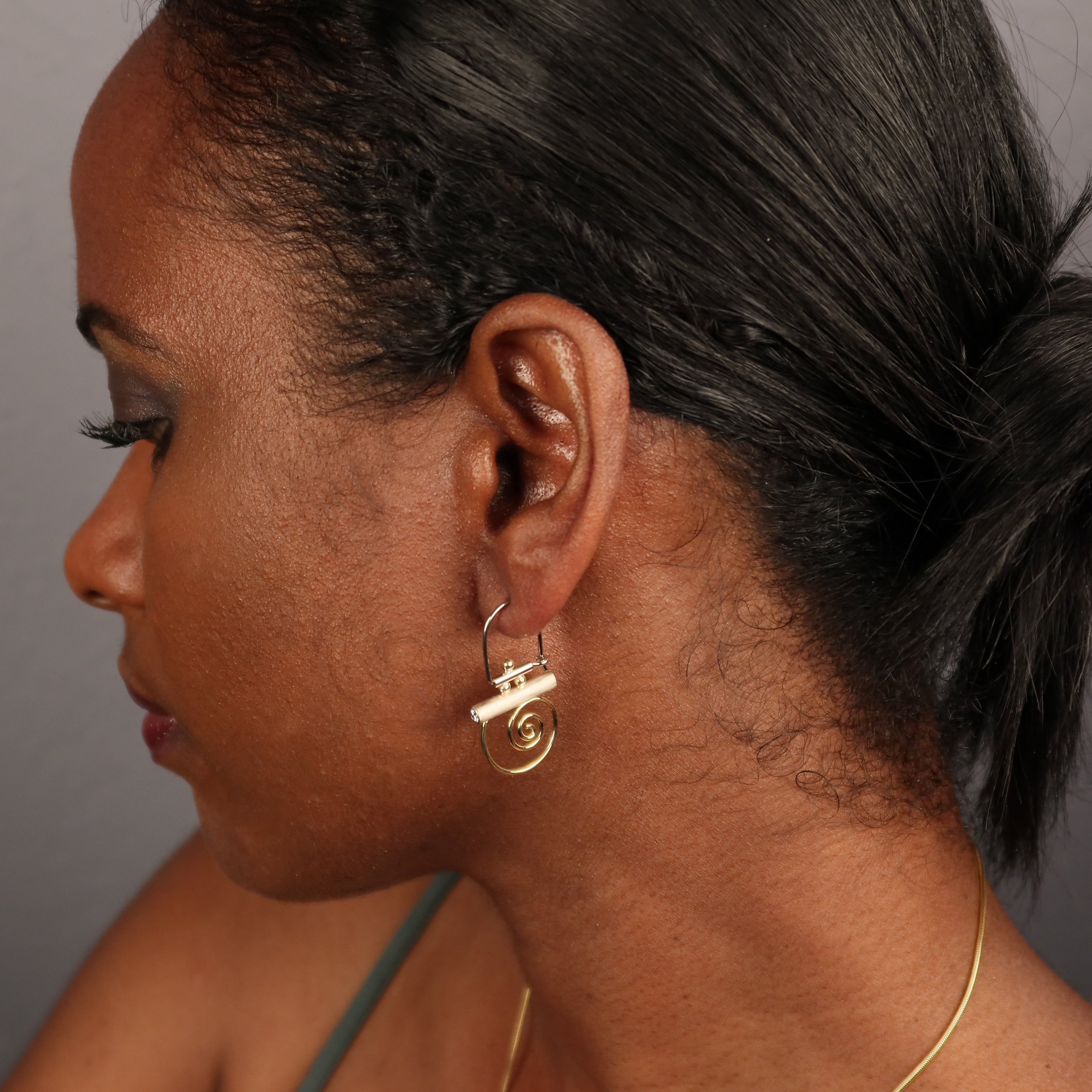

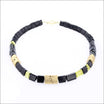









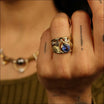
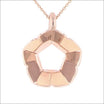




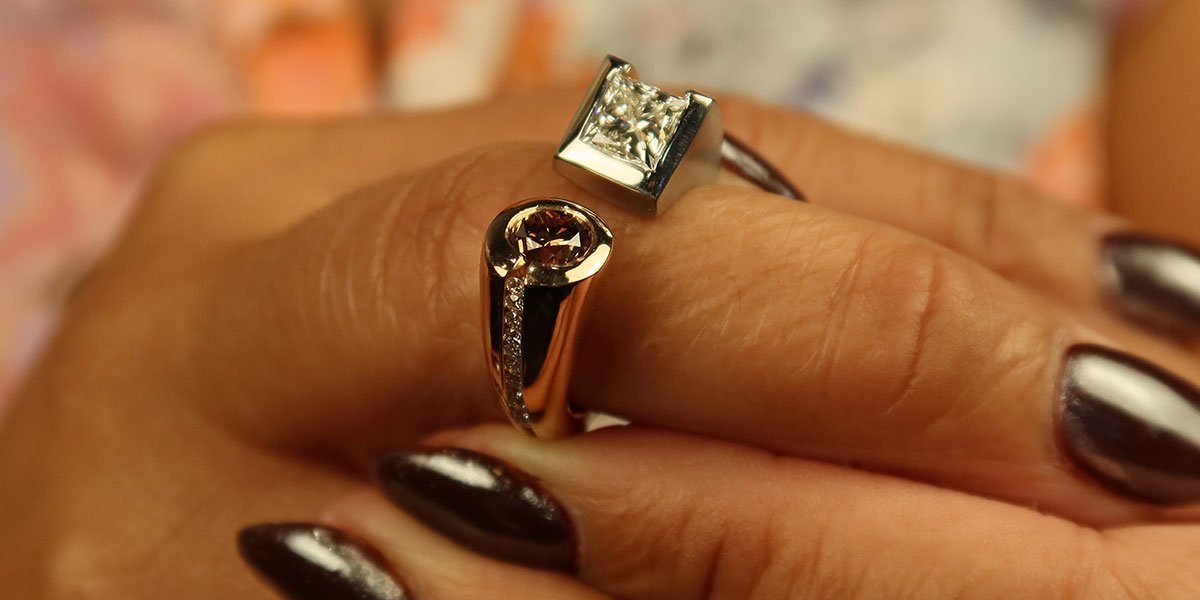





Leave a comment
All comments are moderated before being published.
This site is protected by hCaptcha and the hCaptcha Privacy Policy and Terms of Service apply.